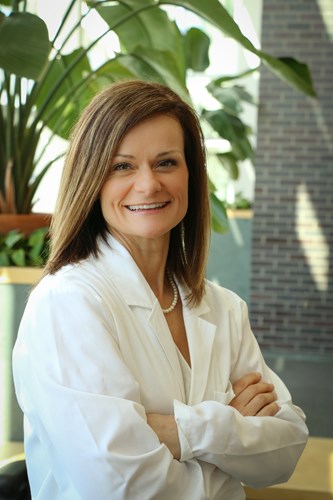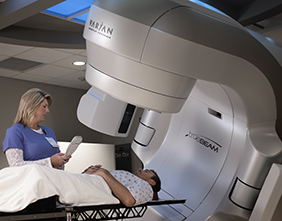Protecting Yourself from the Sun
posted on: 7/9/2018 9:10:19 AM
Health & Fitness Guest Columnist
Jennifer Breedlove, DO
Board-Certified Dermatologist
Lima Memorial Dermatology
With summer in full swing, it is important to be aware of protecting yourself from the sun. As a board-certified dermatologist, I am passionate about skin cancer detection, prevention and treatment. Lima Memorial’s recently established dermatology program is committed to provide individualized treatment plans to fit each patient’s need.

Anyone can get skin cancer, regardless of skin color. Shockingly, one in five Americans will develop skin cancer in their lifetime, making it the most common type of cancer. When caught early, however, skin cancer is highly treatable. You should perform monthly skin self-examinations, and see a board-certified dermatologist if you notice new or suspicious spots on your skin or anything changing, itching or bleeding.
In addition to self-screening, when possible wear protective clothing, such as a lightweight, long-sleeved shirt, a wide-brimmed hat and sunglasses. Furthermore, use a broad-spectrum sunscreen with an SPF of at least 30 that provides protection from both UVA (ultraviolet A) and UVB (ultraviolet B) rays. Apply sunscreen whenever going outside, even on cloudy days, and apply enough to cover all exposed skin. Adults need about 1 ounce, or the size of a golf ball, to fully cover their body.
Apply sunscreen 20 minutes prior to sun exposure, and reapply every 2 hours when outdoors or more frequently after swimming or sweating.
Plain and simple, we should avoid indoor tanning. Not only can ultraviolet light from tanning beds cause skin cancer, but it can also cause premature skin aging and wrinkling. If you want to look tan, consider a self-tanning product, but continue using sunscreen with these products.
Lastly, avoid the high noon hours when possible between 10 a.m. and 4 p.m. UV rays are at their greatest during this period and can cause the most damage.
Tanned skin is a sign of damage to your skin. Whether you’re exposed to the sun’s ultraviolet rays or lay in a tanning bed, every time you tan, your skin is injured. As this damage builds, you speed up the aging of your skin and increase your risk for all types of skin cancer, including melanoma, the deadliest form of skin cancer.
Not all skin cancer is the same. We typically divide skin cancer into non-melanoma and melanoma skin cancers. Non-melanoma skin cancers include basal cell and squamous cell carcinomas and are found most frequently on sun-induced areas like, face, neck, scalp and arms. Most often, when caught early, non-melanoma skin cancer is highly curable.
Melanoma skin cancer is the deadliest form of skin cancer. It frequently develops in a mole or begins as a dark spot. Early detection and treatment are critical. Knowing the warning signs and seeking early care from a board-certified dermatologist is of utmost importance.
Dr. Jennifer Breedlove is a board-certified dermatologist with Lima Memorial Physicians and is currently accepting new patients. In addition to treating skin cancer, she performs cosmetic treatments for non-surgical facial rejuvenation as well as treats eczema, psoriasis, acne and other skin conditions.
Originally published in The Lima News Health and Fitness section.
Website





